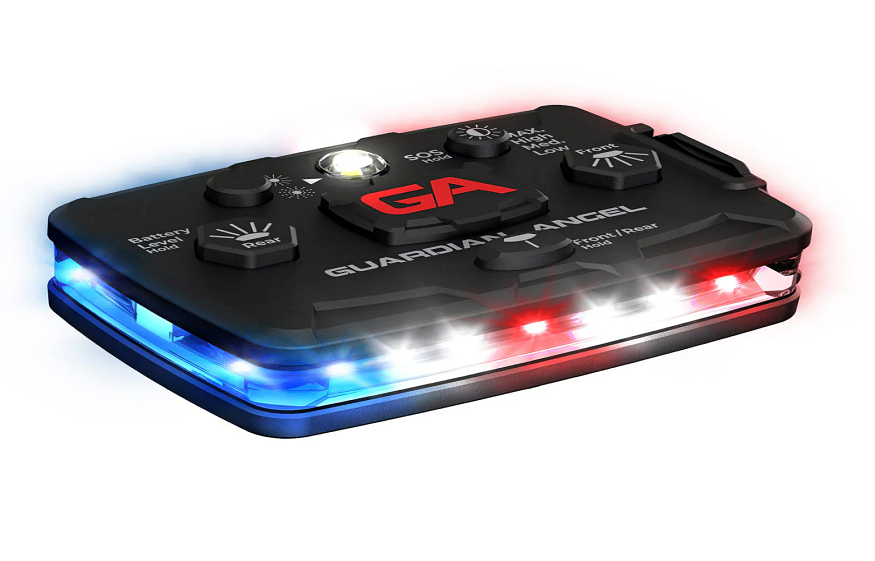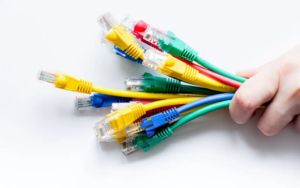How wearable safety devices can stop accidents before they happen

In today’s world, where everything is in a rush, safety is more important than ever — especially for challenging jobs like construction, manufacturing, mining, and even home delivery services. But what if the accidents could be stopped before they occurred? That, however, is just what wearable safety device are doing. These clever bits of tech are transforming how we keep ourselves safe at work, on the road, or at home.
Let’s take a look at how these devices operate and discuss how they can go a long way in preventing accidents before they happen.
What Are Wearable Safety Devices?
Wearable safety devices are tiny little widgets you wear on your person like:
- Smart helmets
- Wristbands or smart watches
- Safety vests with sensors
- Smart glasses or goggles
- Attachable motion or gas monitor
They monitor your environment and your body using sensors, GPS, and Bluetooth — they may even be wired with artificial intelligence. These gadgets can gather data in real-time about movement, temperature, heart rate, and air quality — you name it.
How Are They Safe?
Here are some ways that wearable safety devices can help to prevent accidents before they occur:
Detecting Fatigue and Stress
And many accidents occur when a worker is fatigued or stressed. Some wearables track your heart rate, the temperature of your skin, or your body movement to see whether you are showing signs of fatigue. If the device sees you are tired, it can send you — or your boss — an alert, prompting you to take a break before an accident happens.
Location and Movement monitoring
GPS-equipped devices can monitor where workers are in vast sites like factories, construction zones, and mines. It can alert either instantly or after someone has entered an unsafe zone or fallen. This can empower supervisors to act before there even is a big accident.
Monitoring Air Quality
In a chemical plant, mine, or fire rescue, wearables can sniff out harmful gases or bad air. If levels become hazardous, the device sounds an alarm to let people know to move to a safer location.
Fall Detection
Smart helmets or belts can even sense abrupt falls or impacts. They can automatically dispatch alerts for help with the worker’s precise location. That translates to quicker rescue and a lower risk of significant injury.
Warning to Goons and Bad Actors
Some connected gadgets can monitor body posture or movement. If a worker is bending the wrong way, lifting incorrectly, or standing too close to a machine, the device can emit a quick vibration or beep. This real-time feedback can prevent accidents before they happen.
Advantages for Employers and Employees
Wearable safety devices do more than protect workers — they help companies, too:
- Reduce workplace injuries
- Insurance and compensation costs are reduced
- Improve productivity
- Build a culture of safety
Workers are more empowered when they know someone is watching over them and is concerned about their health and safety, even if it comes from a small device on their wrist or vest.
Final Thoughts
In a matter of seconds, accidents can occur — but thanks to innovative technology, we’re gaining the ability to stop them before they even happen. Wearable safety device aren’t just fun toys — they’re life-saving tools. As those devices have become cheaper and more common, more workplaces and people have begun to use them.
Whether you’re toiling away in a factory or biking home in the dark, wearable safety tech is a bright move toward a safer future.








